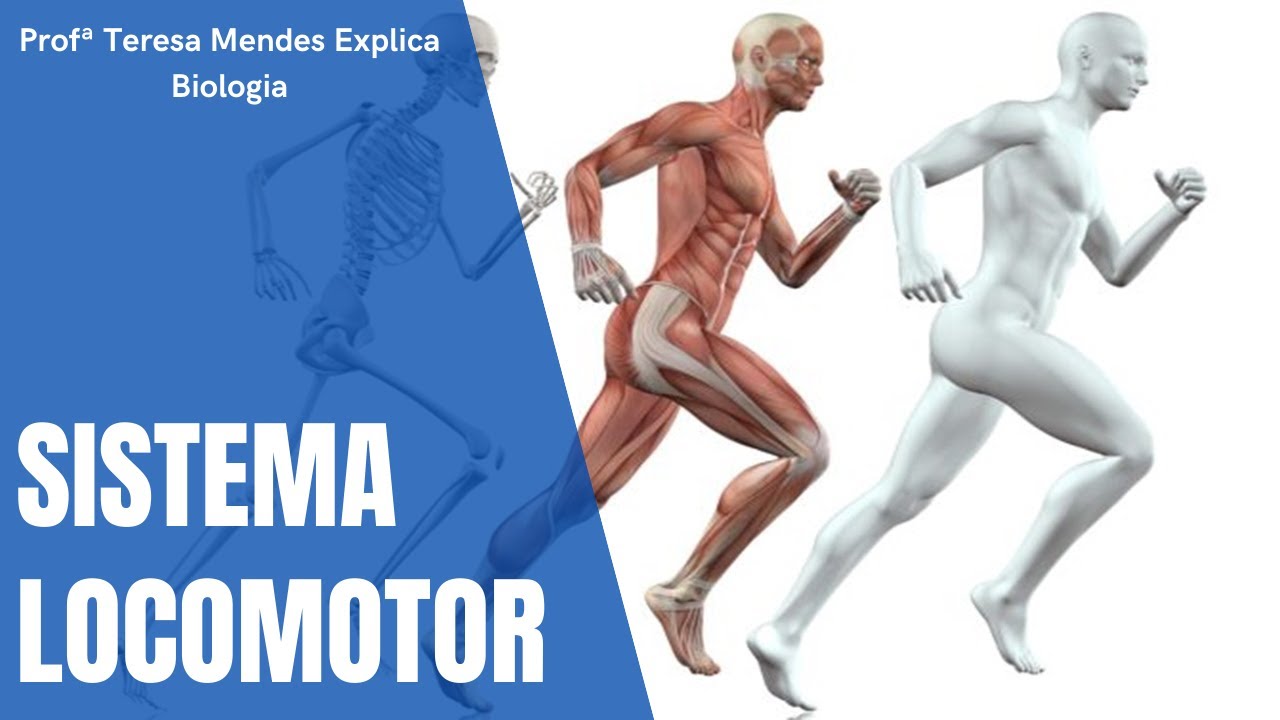Ligament Basics - Science Explained
Summary
TLDRThis video script delves into the anatomy of ligaments, emphasizing their role in the musculoskeletal system and their distinction from tendons. It highlights the knee joint, illustrating the four major stabilizing ligaments: ACL, PCL, MCL, and LCL. The script cautions against overstretching these elastic collagen fibers and discusses the challenges of healing torn ligaments, unlike broken bones. It advises seeking medical help from orthopedic doctors and engaging in physical therapy for rehabilitation, promoting a quick return to normal activities.
Takeaways
- 🦴 Ligaments are round structures that connect bones and are part of the musculoskeletal system.
- 🔄 Tendons and ligaments are often confused, but tendons attach muscle to bone, while ligaments attach bone to bone.
- 🦵 Joints, such as the knee, have multiple ligaments that stabilize and limit bone movement.
- 🏋️♂️ The knee has four major stabilizing ligaments: ACL, PCL, MCL, and LCL.
- ⚠️ Torn ligaments do not heal like broken bones; they cannot simply reattach themselves.
- 🧬 Ligaments are made of collagen fibers and are slightly elastic, allowing them to stretch and increase flexibility.
- 🔗 Overstretching ligaments can compromise joint stability, so caution is needed when stretching.
- 🧍♀️ The term 'double-jointed' refers to people with highly elastic ligaments, allowing for more extreme joint positions.
- 👨⚕️ If you injure a ligament, it's best to consult an orthopedic doctor for diagnosis and treatment.
- 🏃♂️ Working with a doctor and physical therapist is crucial for proper rehabilitation and recovery from ligament injuries.
Q & A
What is the function of ligaments in the human body?
-Ligaments function to hold bones together by connecting bone to bone, stabilizing joints, and limiting their movement.
How are tendons different from ligaments?
-Tendons attach muscle to bone, whereas ligaments connect bone to bone.
What are the major ligaments that stabilize the knee joint?
-The four major stabilizing ligaments of the knee are the ACL (anterior cruciate ligament), PCL (posterior cruciate ligament), MCL (medial collateral ligament), and LCL (lateral collateral ligament).
What is the consequence of overstretching a ligament?
-Overstretching a ligament can compromise the integrity of the joint it stabilizes, leading to instability and potential injury.
Can torn ligaments heal naturally like broken bones?
-No, torn ligaments do not reattach and heal naturally like broken bones. They require specialized medical intervention, such as rehabilitation or surgery.
What is the composition of ligaments?
-Ligaments are primarily composed of long stringy collagen fibers, forming tough fibrous connective tissue. They have slight elasticity, allowing them to stretch within limits.
Why are people with 'double-jointed' ability more flexible?
-People who are 'double-jointed' have highly elastic ligaments, which allow them to move their joints into more extreme positions than most people.
What should someone do if they injure a ligament?
-If someone injures a ligament, they should consult an orthopedic doctor, who can diagnose the injury and recommend a suitable physical therapy or rehabilitation plan.
How can someone strengthen their ligaments after an injury?
-Working with a doctor and physical therapist to develop a rehabilitation routine is key to strengthening ligaments after an injury. Stretching, but not overstretching, is also important for recovery.
What does the term 'musculoskeletal system' refer to?
-The musculoskeletal system is the combination of muscles, bones, tendons, and ligaments that work together to support the body and enable movement.
Outlines

Cette section est réservée aux utilisateurs payants. Améliorez votre compte pour accéder à cette section.
Améliorer maintenantMindmap

Cette section est réservée aux utilisateurs payants. Améliorez votre compte pour accéder à cette section.
Améliorer maintenantKeywords

Cette section est réservée aux utilisateurs payants. Améliorez votre compte pour accéder à cette section.
Améliorer maintenantHighlights

Cette section est réservée aux utilisateurs payants. Améliorez votre compte pour accéder à cette section.
Améliorer maintenantTranscripts

Cette section est réservée aux utilisateurs payants. Améliorez votre compte pour accéder à cette section.
Améliorer maintenant5.0 / 5 (0 votes)






